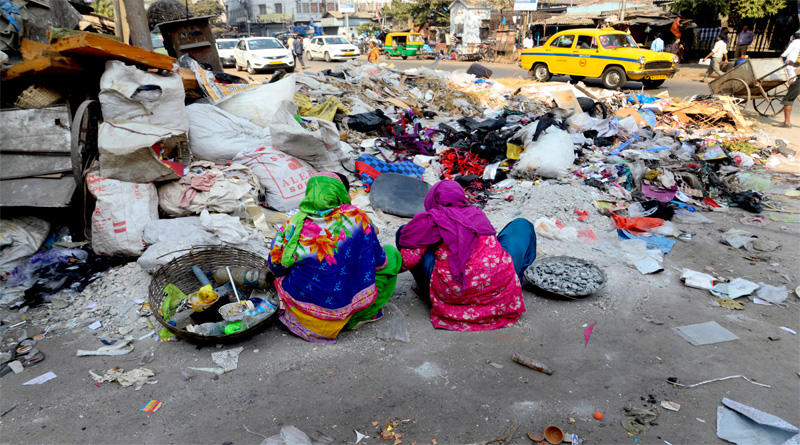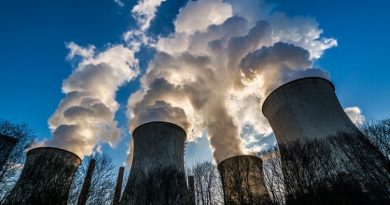‘Wasting’ Away. Bengal stuns with ‘dirty 22’

Earlier this week the government released its Swacch Survekshan Report for 2018, in which, 22 of the 25 dirtiest cities are from West Bengal. Thankfully, Kolkata, the state capital, escaped making the cut. But irrespective of the capital staying out of the bottom 25, the fact of 22 cities from the state at the bottom is a stunning low, even by the state’s wildly ‘liberal’ standards.
The cities included Purulia, Barrackpore, English Bazar, Ashokenagar Kalyangarh, Darjiling, Siliguri, Uttarpara Kortrung, Naihati, Barddhaman, Titagarh, Rishra, Serampore, Baranagar, Madhyamgram, Panihati, Baidyabati, Khardah, Bansberia, Champdani, North Barrackpore, Bankura and Bhadreswar.
The survey released by the government listed 471 cities from all over India based on their cleanliness, and for the second year in a row, Indore was ranked as the cleanest city in India.
The cities were ranked on the basis of their performance in six parameters including collection and transportation of municipal solid waste, their processing and disposal, sanitation-related progress, innovation and best practices adopted by cities.
The methodology involved in ranking the cities gave 35 % weightage to service level progress, which included checking if municipalities documents are physically verified to assess whether systems and processes are in place to implement Swachh Bharat Mission (Urban) in the most efficient way, 30% weightage was given to direct observation to ascertain general cleanliness in the cities by making random field visits in different parts of the city and public conveniences covering community/public toilets.
The Bengal state government, which had mocked the survey last year, has quietly moved to denial mode now. Subrata Gupta, West Bengal’s principal secretary (urban affairs and municipal affairs department) saying that he’s not aware of any such survey and has not seen the survey report and won’t be able to comment on it. He further added that the state runs its own cleanliness program called Nirmal Bangla as part of which they rank their own cities.
Interestingly West Bengal hadn’t participated in the last two surveys conducted in 2016 and 2017 respectively. However, data from the Swachhta Status Report in 2016-17 showed West Bengal having the highest growth rate in terms of constructing and creating public toilets, the third highest growth rate for Individual house latrines, and the highest number of constructions for both school toilets and Anganwadi toilets, despite there being a slow decline in the numbers from 2013 to 2017.
Considering Bengal’s development, the question that comes to one mind is “why?” Why has Bengal performed so poorly in the survey?
West Bengal produces 8675 metric tonnes of waste a day (as per the 2016 survey), which is similar to other metropolitan cities like Delhi, which produces 8400 metric.
copyright:iamrenew.com




